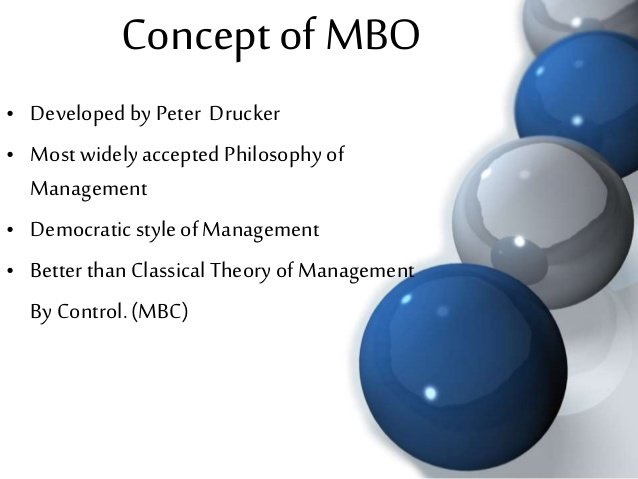Nonfinancial Motivators for Maximizing the Performance
Nonfinancial motivators can stimulate employees or workers in the organization towards the achievement of the desired objectives of the organizations. These are nonmonetary motivators can bring desired results by fulfilling the needs of the employees. Financial benefits cannot motivate the employees without nonfinancial motivators. According to Maslow’s law physiological needs and safety needs are necessary to fulfill the basic needs, but after fulfillment of these needs, there arises a need for belongingness, self-esteem, and self-actualization. These needs can be satisfied without the support of financial motivators.

Nonfinancial motivators such as recognition , reward, opportunity, training and development, promotion, prizes, gifts, healthy competition, group motivators, performance appraisal, employee workers participation in decision making, and workplace hygienic etc.
Nonfinancial motivators are psychological forces which are responsible for the performance of an employee in an organization. Every human being has skills and hidden energy but the thing is to bring out such capabilities to get a competitive advantage. Managers must consider and believe a fact that “every human being is a hidden leader”. So they have to motivate the employees by using various tools and strategies to make them more efficient and productive.
Employee Recognition:
Employees always look for recognition, because they believe that being recognized by the superiors can bring career opportunities and recognition fulfills the needs which satisfy employee ego. Recognition makes the employees more productive and innovative positive attitude of an employer can act as a good motivator. If an employee is recognized or praised in front of the peers or in the public can boost the performance. But the superiors should take care while praising an employee in between his/her peers. It might hurt the feelings of others and they may get demotivated, so the managers should maintain a balance between them. Employee performance can be recognized by giving certificates, gifts, and mementos, etc.
Organizational climate:
Organizational climate involves the relations between superiors, subordinates, and peers. Authoritarian leadership style can make the employees productive, but without a positive approach of the managers, it is not possible to get the good results or desired results. Another most important factor is a relation between peers. Employees/workers always look for belongingness and support; if they get such support from the work environment then they can also participate in creating a healthy organizational climate.
Training and development:

Fulfilling the training needs not only help the organization, it maximizes the morale of the employees. Performing work in an easy and efficient manner can bring interest to perform more. No employee wants to do errors intentionally. So the managers should know the need for training and development. Training reduces the chance of accidents in the workplace and enhances the trust in the employees. The tools and techniques used for training should match the employee capabilities to receive the inputs and become productive.
Job design:

Job design is also known as work design or task design, widely used to arrange or rearrange the contents of the job. The purpose of the job design is to simplify the work and to get rid of boredom while performing the repeated tasks. Various techniques of job design include job enhancement/enlargement, Job enrichment, job rotation and job simplification. Through job enlargement and job enrichment, horizontal and vertical restructuring are possible. Tools and techniques of job design can motivate the employees and makes them efficient in performing various related tasks.
Employee participation in decision making:

Employee participation in decision making involves empowering the employees to take decisions during they are performing work. It highly motivates the employees by fulfilling the self-actualization need, giving freedom to take decisions make the employees think in an innovative and responsible way. In the case of employee participation, employees are empowered only after proper training and instructions.
Management by objectives:

According to Peter Drucker, management by objectives can maintain a balance between the objectives of both employees and organization. In many cases objectives of employees may not match with the objectives of the organization, it cannot lead the organization on a successful path. However, MBO facilitates balance through setting objectives of the organization with the participation of employees. Management by objectives makes the employees more productive and responsible for reaching the expectations because the targets are set with the participation of employees.
Job security:

Job security creates a bond between the employees and organization; they like to put their efforts by expecting growth. Job security gives the promise of safety and security. Many organizations face high employee turnover, because of the failure in providing job security. Higher employee turnover makes organizations search for competent employees and it maximizes the cost of recruitment and training. It becomes a competitive advantage to the competitors.
Autonomy:

If the employees are given freedom then they can perform better, it acts as a nonfinancial motivator to the employees. Continuous watching and monitoring employees make them demotivated and finally shows a negative effect on their self-esteem need. Autonomy gives freedom to take initiative and to prove their skills and competence.
Performance appraisal:

One of the major nonfinancial motivators is performance appraisal; it enables the employees to prove their skills and dedication. The result of performance appraisal motivates the employees to perform better to reach the common goals. Various tools and techniques of performance appraisal can create expectations of growth and it maximizes productivity. Performance appraisal can eliminate the doubts of the employees regarding their own performance.
Uses of nonfinancial motivators:
- It maximizes the performance of the employees
- Giving freedom can make the employees more responsible
- It enables the employees to prove their skills
- Job security highly reduces the employee turnover
- MBO makes the employees more productive and responsible
- It fulfills the self-esteem and self-actualization needs




